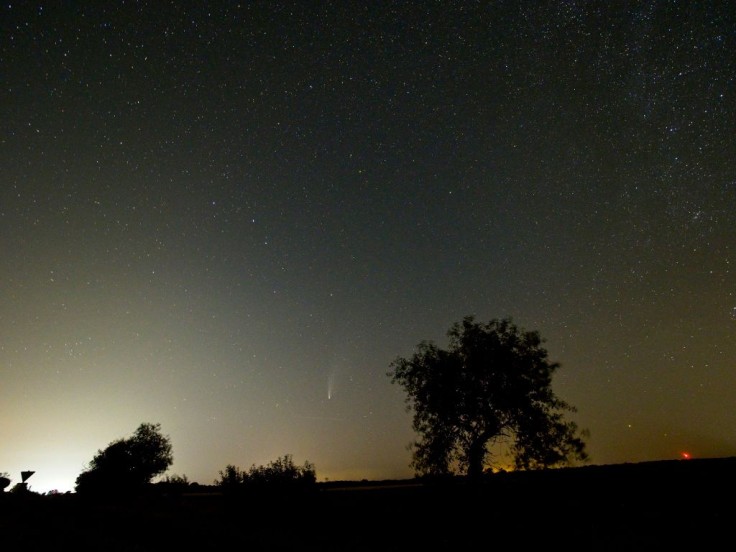
An upcoming NASA space telescope, called the Nancy Grace Roman Space Telescope, can examine 13 billion years of cosmic history. With that, it could end what scientists call the cosmic dark ages.
New NASA Space Telescope
In a recent Twitter post of NASA Hubble, it shared a simulated sample picture from the upcoming telescope, showing that it can capture millions of galaxies.
Building on a classic ⭐
— Hubble (@NASAHubble) January 10, 2022
When it launches in 2027, @NASARoman will make wide observations of our universe with its enormous field of view.
One such observation could build upon Hubble's iconic Ultra Deep Field image, as seen simulated here!
More: https://t.co/iF5vaOpG7Z pic.twitter.com/dqke05ta5X
To give further details, a group of astrophysicists has generated a simulated image that depicts how the Nancy Grace Roman Space Telescope could capture a mega-exposure comparable to, but far greater than, Hubble's famous Ultra Deep Field Image.
This Hubble discovery expanded our knowledge of the early universe, showing galaxies that originated only a few hundred million years after the big bang.
The postdoctoral scholar at the University of California Santa Cruz who led the study, Nicole Drakos, explained in NASA's blog post that the space telescope "has the unique ability to image very large areas of the sky, which allows us to see the environments around galaxies in the early universe."
Drakos added that their study helps "demonstrate what a Roman ultra-deep field could tell us about the universe, while providing a tool for the scientific community to extract the most value from such a program."
By capturing the Hubble Ultra Deep Field picture, astronomers revealed that a tiny, seemingly empty piece of the horizon is packed with millions of galaxies, each holding billions of stars.
Read Also : VR Headset for Cows? Farmer Uses High-Tech Virtual Reality Goggles to Reduce Cows' Stress!
Nancy Grace Roman Telescope Can Examine 13 Billion Years of Cosmic History
Moreover, the said space telescope can look back in history when the universe was just approximately half a billion years old, spanning more than 13 billion years of cosmic history.
The mission's large field of view would supply astronomers with a massive amount of data, allowing them to locate unusual objects during the reionization period.
Additionally, Roman's broad field of view could reveal changes in galaxy attributes dependent on their surroundings, helping scientists to better understand how early galaxies evolved.
While a Roman ultra-deep field has the same sharpness and ability to peek back in time as Hubble, it can cover 300 times larger area, thus providing a much greater view of space.
The astronomy professor at the University of California Santa Cruz and a co-author of the study Brant Robertson added that the simulated pictures are like looking at a single piece of a 10,000-piece puzzle.
Robertson furthered that the Nancy Grace Roman Space Telescope could give us 100 connected puzzle pieces, offering a much better picture of what the early universe was like and opening new scientific opportunities.
New NASA Space Telescope Could End Cosmic Dark Age
The study findings suggest that Roman might shed light on a long-ago cosmic phenomenon known as reionization. The cosmos was filled with a boiling sea of plasma, which is a charged particle, that formed a thick, ionized fluid shortly after the big bang.
The particles were able to join to create hydrogen atoms when the universe cooled, resulting in a neutral hydrogen fog.
This was known as the cosmic "dark ages" because the fog prevented shorter wavelengths of light from going very far, which may have been released by young, developing galaxies or quasars.
A Roman ultra-deep field initiative might help scientists learn more about the reionization period by showing wide images of more than 10,000 galaxies from this cosmic age, which occurred between 600 million and 900 million years ago.
Aside from this, it can also provide a comprehensive view of the surroundings around these galaxies.
Through this, it might aid scientists in determining what caused reionization, when it occurred, and if it was uniform or patchy in its occurrence.









